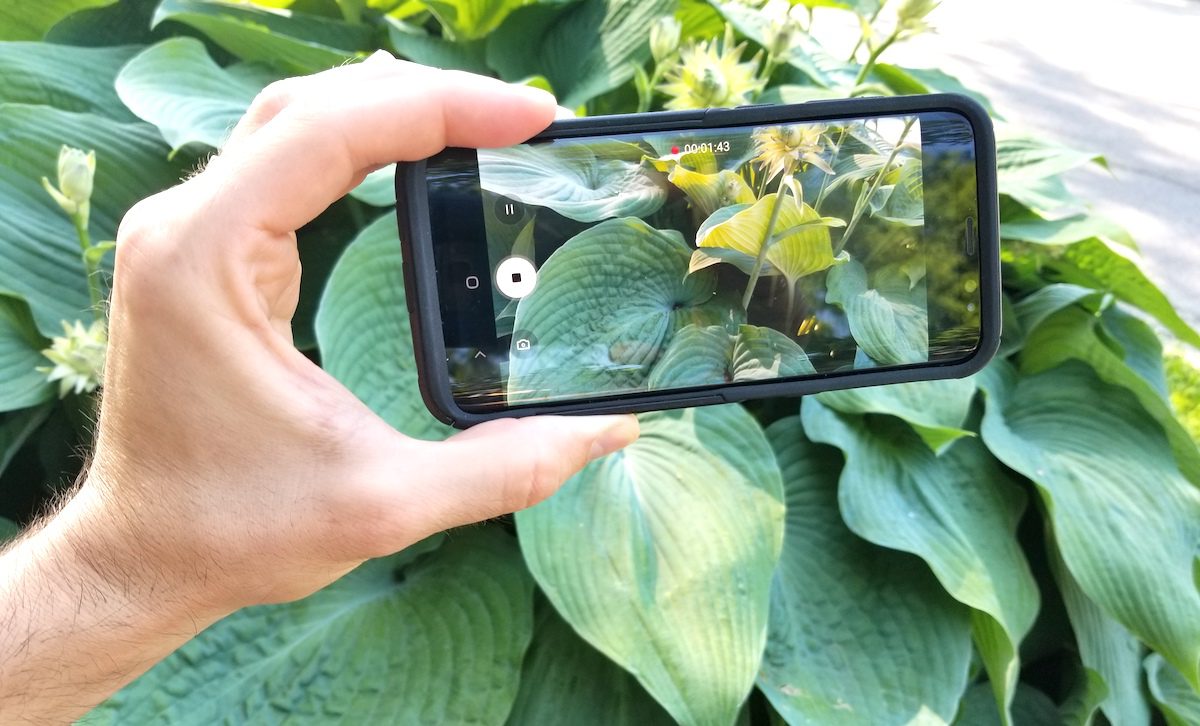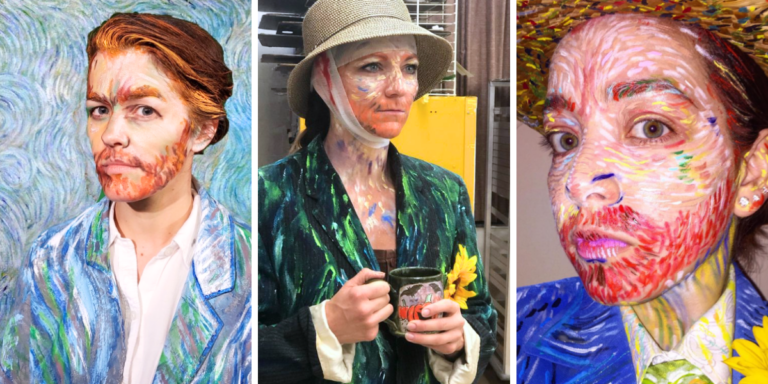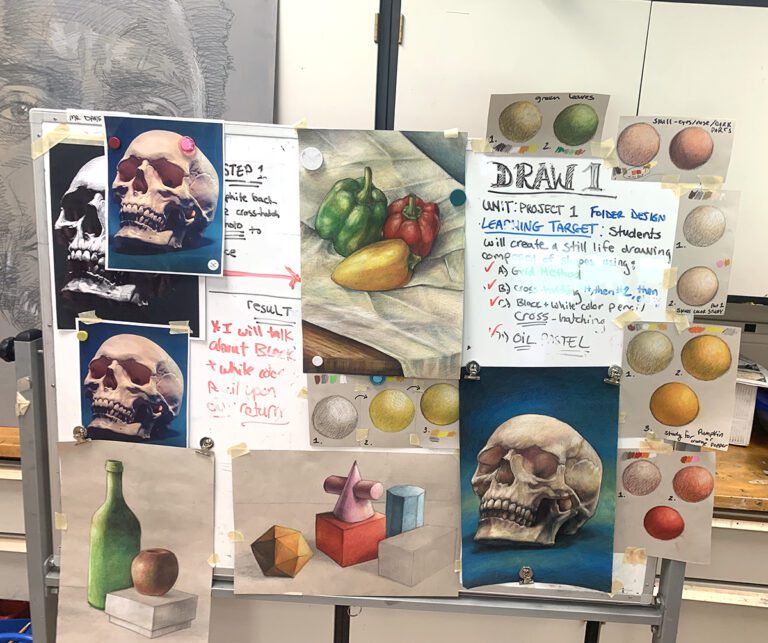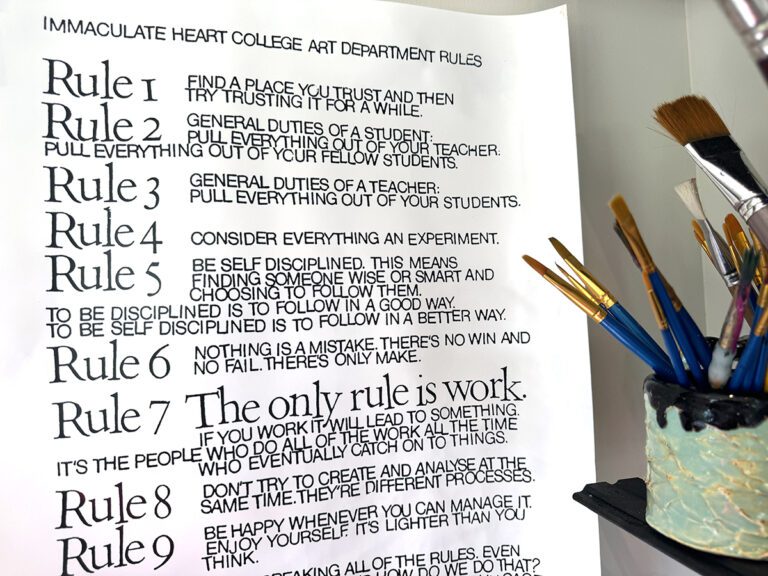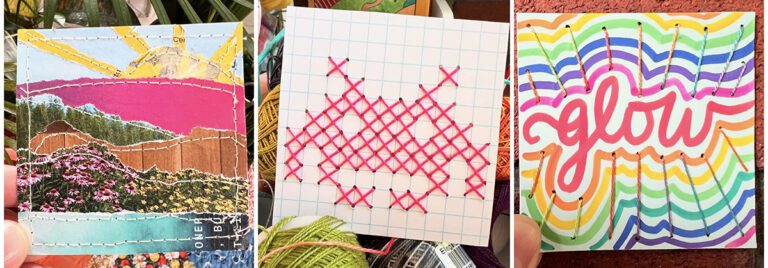Timed arts, like videos, are significantly underrepresented in many art education programs. And rightfully so. The technology can be far too extensive, facilities and equipment are costly, and unless you had a timed arts course in your education program, your own background in this art form is limited. So, how can we break this trend and help our students learn about video? Thankfully, technology and apps are becoming more accessible and user-friendly to help beginning creatives see the potential. Introducing video to your students can open their minds to a new world of artmaking and arm them with another tool to communicate their ideas.
Why is video worth exploring with your students?
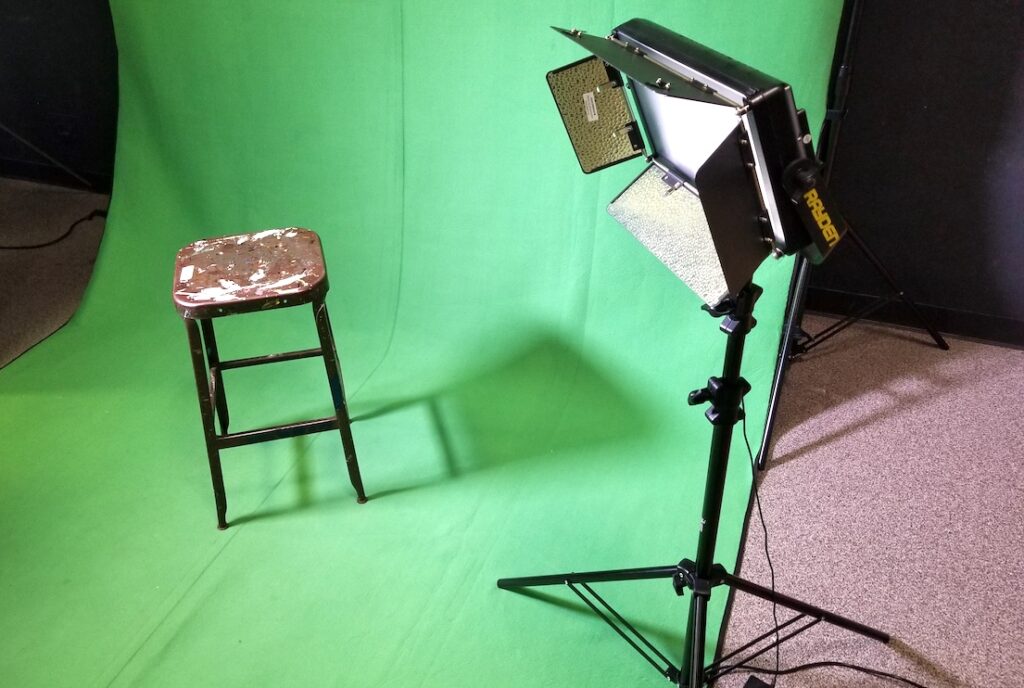
- Video doesn’t rely on fine motor skills, allowing other types of students to be successful:
Many traditional artmaking approaches rely heavily on skills like hand-eye coordination and dexterity to be successful. The ability of a student to understand a concept is very different from performing and applying the concept to a piece of art. Video technology tools can be very forgiving, and automated functions provide flexibility. There is also less pressure as students can always edit and undo a mistake.
- Video can engage your technology-loving students with art:
Even though the intersectionality of art and technology continues to grow, the perception of an artist continues to be defined by traditional approaches like drawing, painting, and sculpture. This is evident by the typical response you get when you tell people you’re an art teacher, and they say, “Oh, I can’t even draw a stick figure.” It’s likely your students feel the same way. Incorporating video into the classroom can help your technology-loving students see themselves as artists as they communicate and express with digital media.
- Video can change the way you see the world:
Beyond the finished product, this type of experience can actually shift the way your students experience the world around them. Remember when you first learned about the elements and principles of art and design, and it forever changed the way you saw the layout of a poster or the lines in nature? Similarly, you start to see the beauty of motion and sound in ways you hadn’t previously considered.
Becoming a Timed-based Artist
Before you can introduce video to your students, you need to become a time-based artist yourself. Similar to learning other new media, you need to learn and practice different approaches, techniques, and ideas with the new tools. Putting yourself in the role of a learner will also help you relate to your students and plan for them more effectively.
Follow these quick and easy steps availiable in this download to creating your first piece of video art!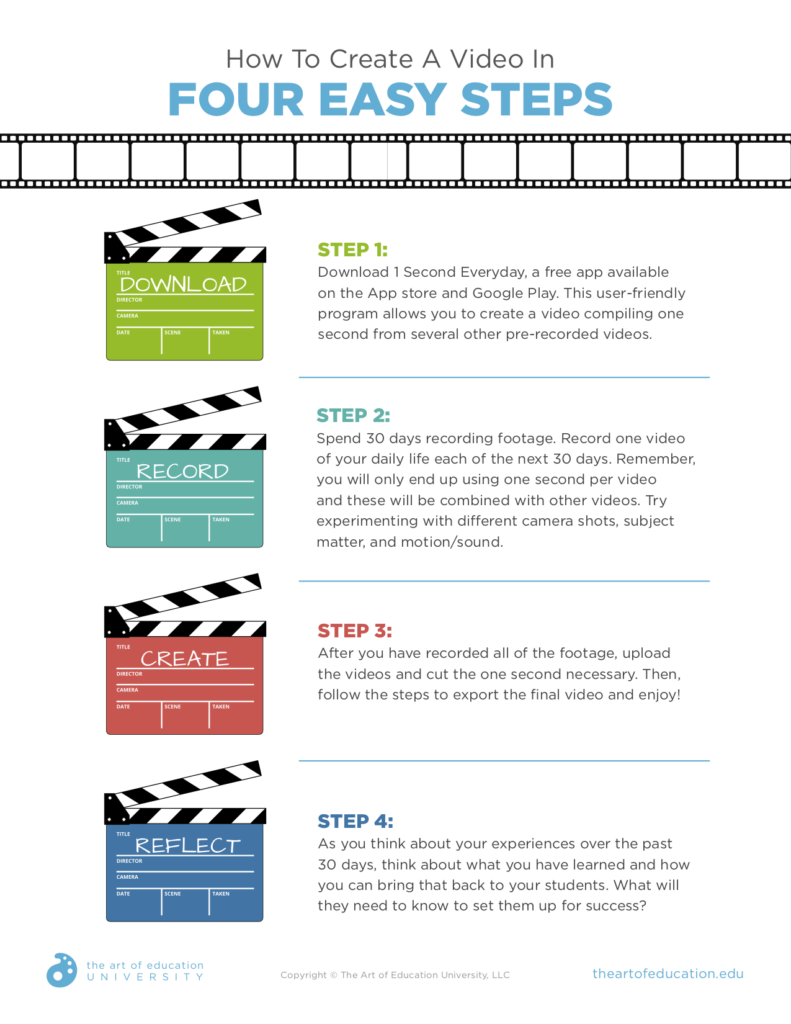 Download Now!
Download Now!

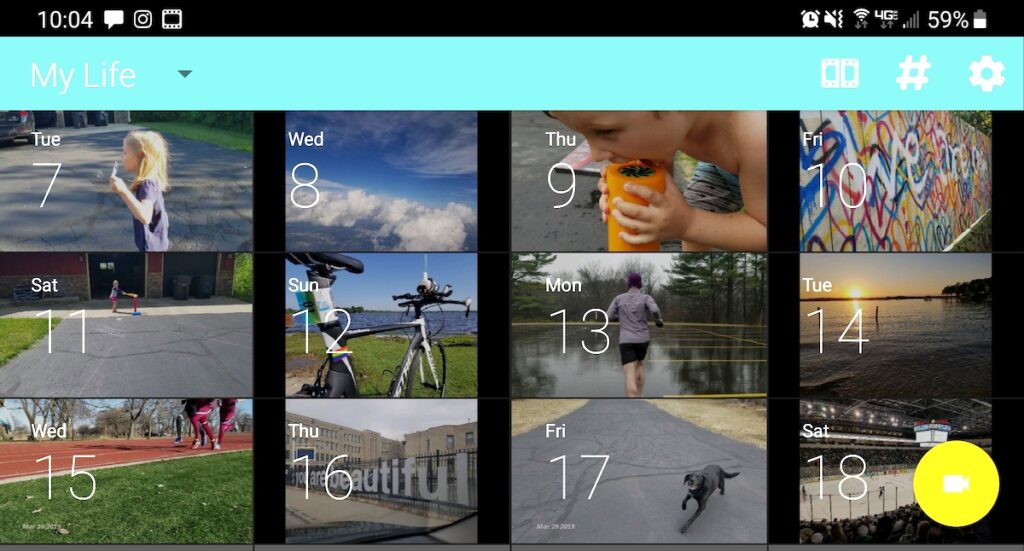
Bringing Video into the Classroom
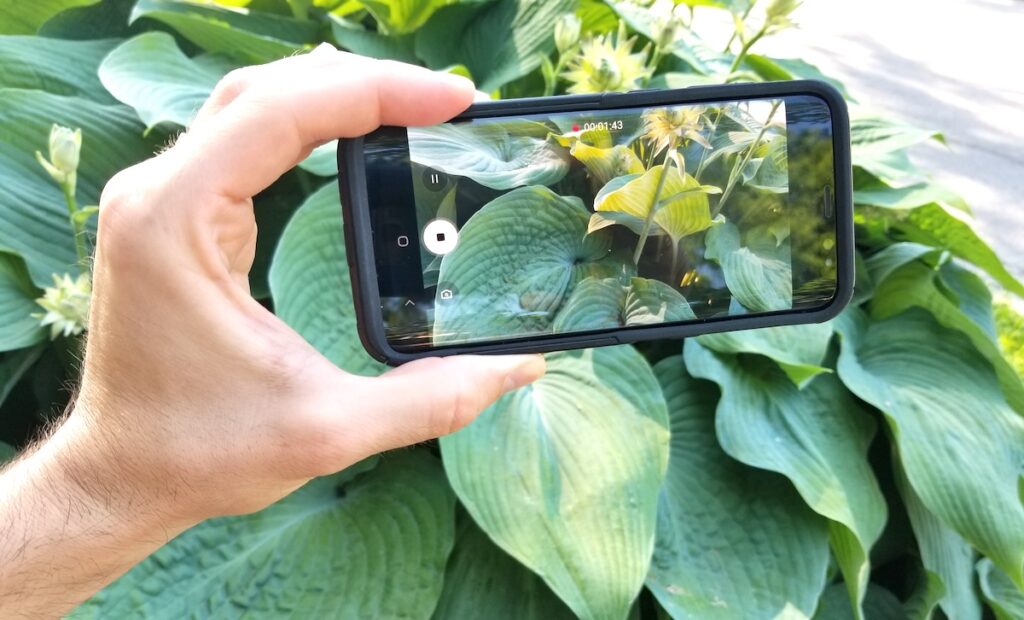
Now that you have experienced the timed-arts, you can bring what you’ve learned into your classroom. But before you can start designing a great lesson or project, you need to know what tools you have available. Remember, similar to your experience; the initial goals are only to provide students with an introduction to video and leave the students wanting to learn more. There are several things to consider when introducing a digital medium into your classroom:
- Equipment: Start by determining what devices you have available. If you’re a 1:1 school, think about utilizing that device as students are already familiar and they are a part of your school. Students might also have their own device. If nothing is available, consider using a grant or asking administration or a parent organization for a class set of a device.
- Cost: There are many options available, and many of them are free. Don’t feel discouraged if you’re not in a position to buy the most expensive equipment and industry-standard software. Neither is necessary to provide a successful and engaging video experience for students.
- Functionality: Now that you know what device you can work with, you can look for apps or software. Remember to find something easy to use that guarantees success for students at all levels. Look for templates, like the 1 Second Everday diary, that beginners can just plug and chug.
- Terms + Service: Understanding permissions when incorporating technology into your classroom is important for student privacy. Be sure to review all apps before usage with your technology team or, to learn more about technology tools and the student privacy and permissions, check out this article by Alicia Duell, Technology Director.
After you have identified the best tools for your students and school, you can start to think about different prompts and project ideas. Prompts can also be differentiated to support learners at all levels. Be sure to include any entry-level concepts, like camera angles, that will help support student production.
Overall, the potential impact of implementing video art into your program can be incredibly positive. You get to learn a new medium and provide students with a new and unique art experience to engage a whole new group of artists. Programmatically, video art units could also help increase enrollment and evolve into new courses and/or facilities at your school. Collaborations could even help stabilize your art program. It only takes a second!
Why don’t many art education programs include timed arts?
What are other free and user-friendly video-making apps?
Magazine articles and podcasts are opinions of professional education contributors and do not necessarily represent the position of the Art of Education University (AOEU) or its academic offerings. Contributors use terms in the way they are most often talked about in the scope of their educational experiences.
